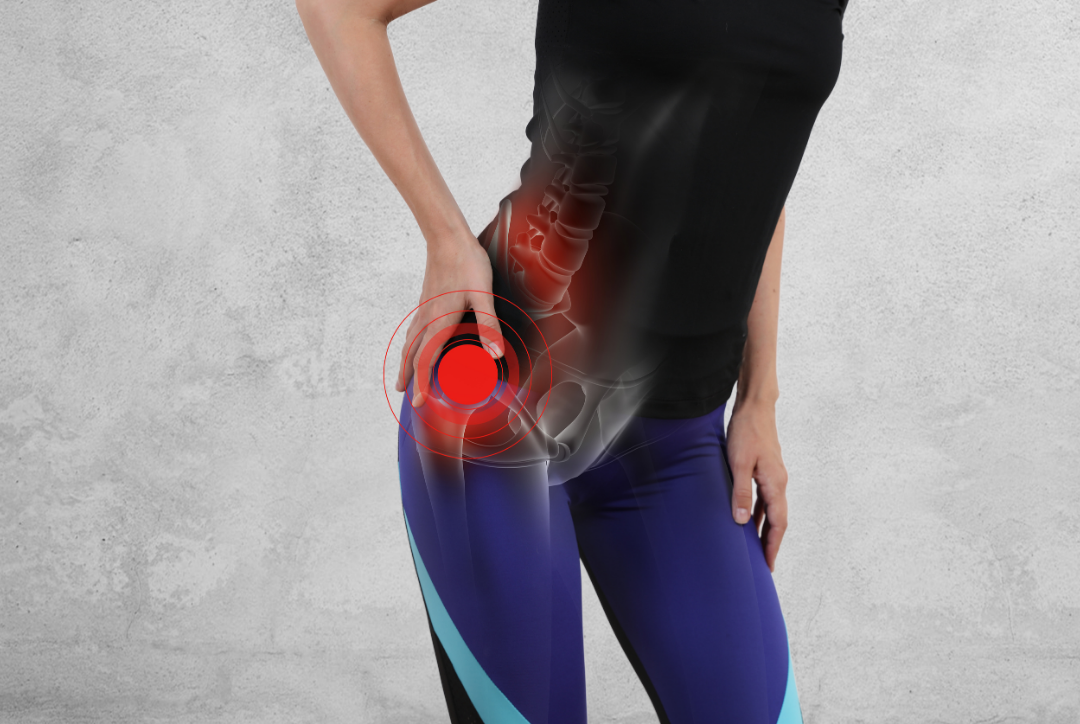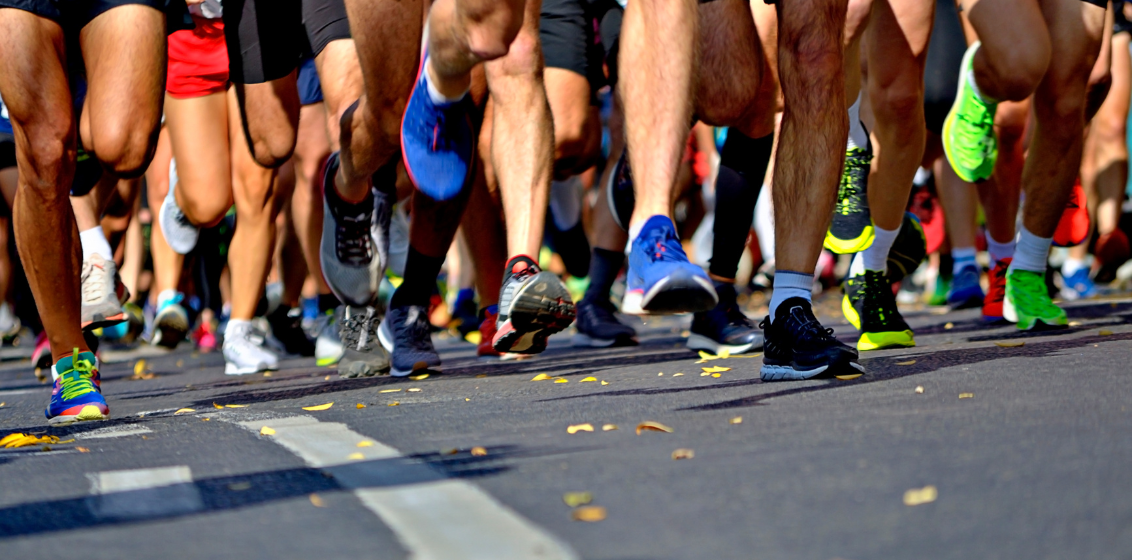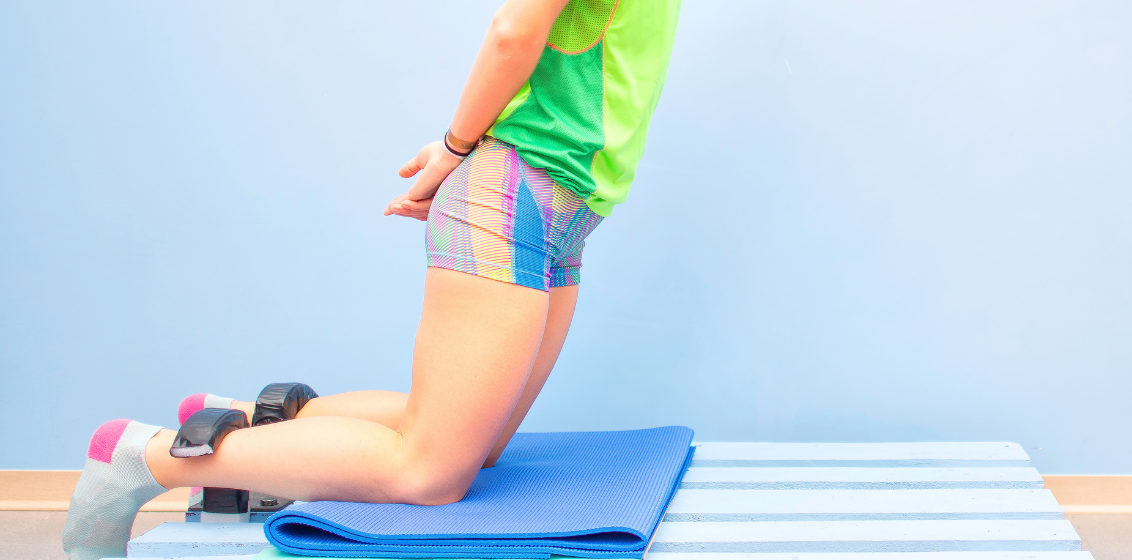You probably don’t have hip “bursitis”

Pain on the outside of the hip affects almost a quarter of women over 50 (and many younger than that!), stops female triathletes and runners in their tracks and is commonly known as “trochanteric bursitis.” Here’s why being diagnosed with “bursitis” is a really bad thing.
Because bursitis is very rarely what’s really going on. Stick with us while we break this down, it’s really important to understand. Many women put up with disabling hip pain for 2 years without getting effective treatment, instead taking drugs and getting cortisone injections, often with no result!
The “trochanter” is the bony lumpy bit on the outside of your hip. “Bursa” is a very thin sac of fluid, usually found where soft tissues are close to bone, allowing friction free movement”, “-itis” refers to inflammation. So traditionally, most people with pain on the outside of their hip have been treated for an inflamed bursa, using things like rest, anti-inflammatory drugs and cortisone injections.
Here’s the problem: as few as 9% of people with this pain have any sign of a bursa problem. So the vast majority of you are being treated for a problem that hasn’t been shown to actually be there. No wonder it is a frustrating injury!!
So, what’s causing the pain? It’s been shown that the primary problem causing pain is coming from the tendons that attach to the bone. Strong gluteal muscles attach right on the trochanter and contract strongly when we are standing, walking and running, and get stretched and compressed around the bone. Signs of minor tendon damage, degeneration and even tears are the main findings in people with pain on the outside of the hip. “Gluteal tendinopathy” is a more accurate label for this problem.
What’s the good news? The great news is that tendon is an active tissue, it is attached to muscle and can be helped with exercise. In fact, the best evidence tells us that active treatment including specific, targeted exercise is currently the best treatment option, getting better results than cortisone injection in reducing pain and disability.
So what’s the solution?
- First, get an accurate diagnosis. We have developed an assessment algorithm we use to give you a clear diagnosis.
- Second, learn about our “Happy Hip Habits” which will help you sit, stand and lie in a way that reduces load on your angry tendons and can give you short term pain relief.
- And third, start our 3-stage, 10 week exercise program that can get you back in action and out of pain. People with lateral hip pain are 20-30% weaker in both hips, than people without the condition. Muscle weakness can’t be fixed by jabbing with needles or massage or other passive treatments and takes time and application.
We love helping people with gluteal tendinopathy. It’s incredibly rewarding to help you get out of pain and back doing the things you really love, whether that’s looking after grandkids, walking or getting back to running or triathlon.
If you’d like more information:
Click here to grab a fact sheet about Gluteal Tendinopathy
Click here to get a copy of our “Happy Hip Habits” factsheet, with some easy tips you can put in place right now to help settle things down
If you’d like to get your hip pain sorted out, book in an initial consultation with one of our expert Physiotherapists. Simply call us on 9548 3372 or click below for online booking
Book Online


